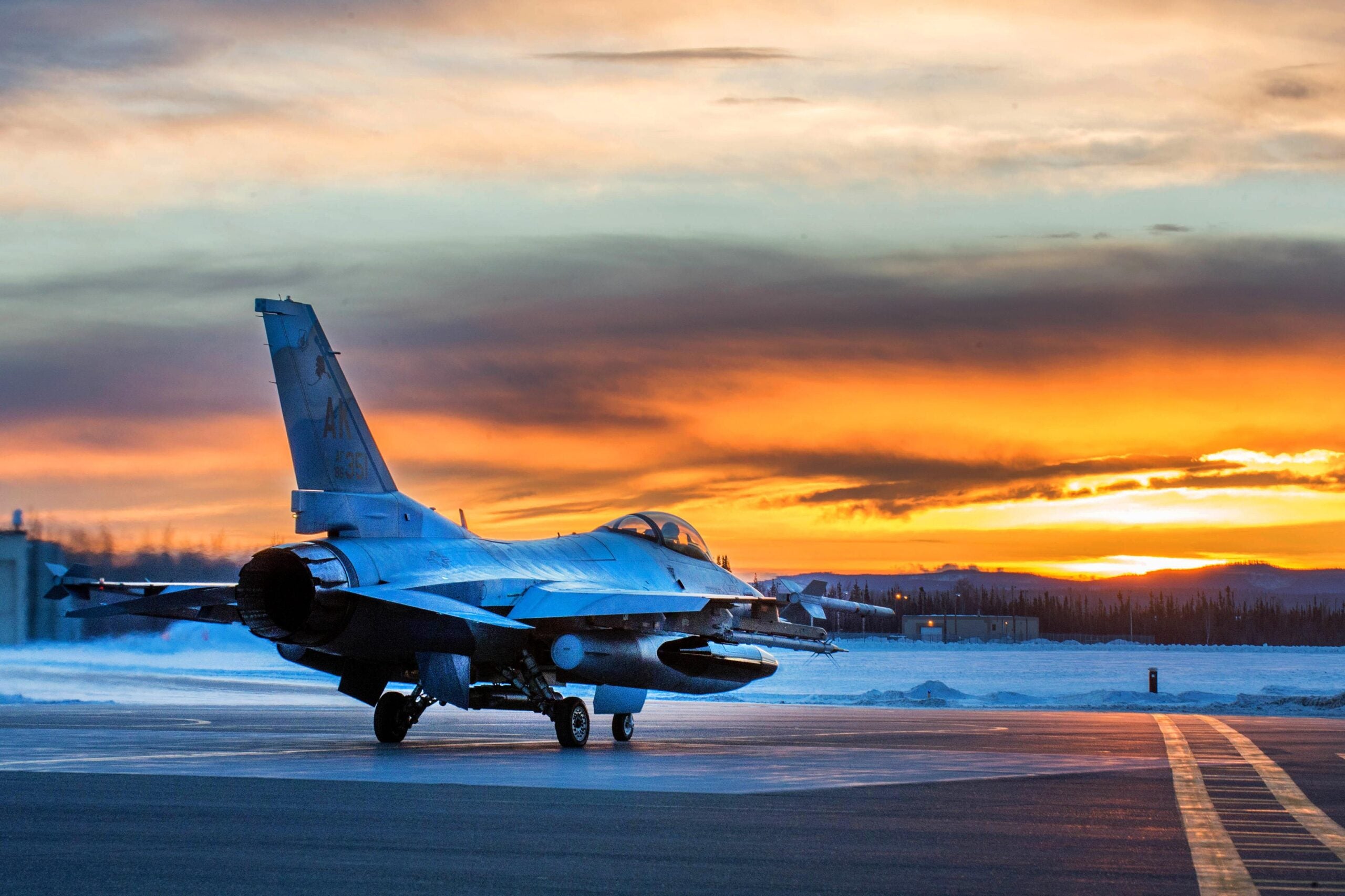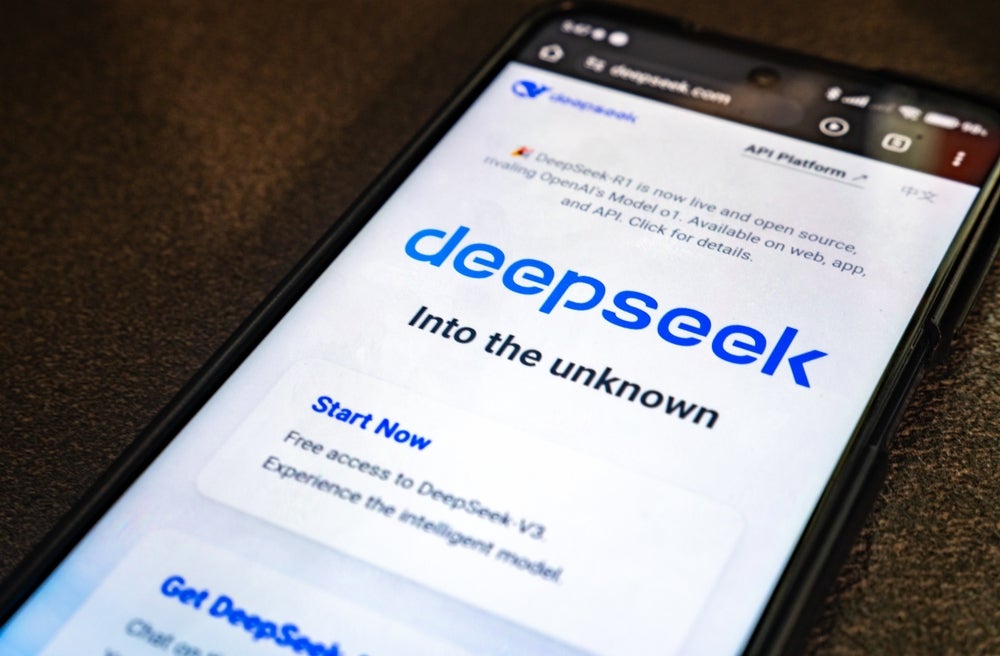
An AI-controlled virtual F-16 yesterday beat a human F-16 pilot 5-0 in a virtual dogfight hosted by the Defense Advanced Research Projects Agency (DARPA).
Over five rounds, the Heron Systems AI, dubbed ‘Falco’, beat a senior F-16 pilot with years of experience in the aircraft. As with IBM’s Deep Blue computer beating chess world champion Garry Kasparov in 1997, and Google DeepMind’s AlphaGo defeating Go world champion Lee Sedol in 2016, Falco’s triumph marks a major milestone in the field of artificial intelligence and for aerial combat.
However, there is still some way to go before AI fighter pilots are ready to take to the skies, with the match-up limited to a guns-forward scenario more akin to a WW2 dogfight than modern aerial combat.
Heron Systems’ AI competed against seven different AIs for the chance to face-off against the human in the simulator, beating teams from Lockheed Martin, Perspecta Labs, PhysicsAI, SoarTech, Aurora Flight Sciences, EpiSys Science and the Georgia Tech Research Institute.
“I’ll try to change it up a little bit, just to do something different”
Having lost four rounds to the AI, the human F-16 pilot said: “The kind of standard things we do as fighter pilots are not working. For this last one, I’ll try to change it up a little bit, just to do something different.”
AlphaDogfight is part of the agency’s Air Combat Evolution (ACE) programme that aims to increase trust in combat autonomy as the US envisions a future where autonomous systems become more prevalent in warfare.
Explaining ACE, DARPA said: “In a future air domain contested by adversaries, a single human pilot can increase lethality by effectively orchestrating multiple autonomous unmanned platforms from within a manned aircraft.
“This shifts the human role from single platform operator to mission commander. In particular, ACE aims to deliver a capability that enables a pilot to attend to a broader, more global air command mission while their aircraft and teamed unmanned systems are engaged in individual tactics.”
Reinforced learning
Heron Systems AI used a reinforced learning approach where software undergoes a task numerous times and learns by trial and error. While the dogfight did not simulate beyond the line of sight engagements using missiles, the tests showed that AI could handle itself in a close combat situation, something that would be important in a future that could see swarms of drones facing off against each other.
Despite the success, the trials did only show a limited case of where an AI-controlled fighter jet works. It will be some time before a world without manned fighter jets, as envisaged by billionaire tech entrepreneur Elon Musk, comes to pass.
The virtual F-16 flown by the AI was limited to flying the aircraft in its operating environment, not being able to pull any turns or hit G forces that a real-world equivalent would not have been able to handle. However, the F-16 Pilot Banger said that the AI aircraft was not limited by the doctrine taught to fighter pilots.
During a live stream of the event, DARPA said it intends to take its AI to Nellis Air Force Base where other pilots will be able to take on the AI.
After the event, DARPA’s ACE programme manager USAF Lieutenant Colonel Dan “Animal” Javorsek said: “Just because the outcome went the way it did today it does not mean that the AI wasn’t latching onto some weird digital artefact that we weren’t thinking about or considering and that’s what was giving them an advantage.
“There were certainly some peculiar behaviours in the engagement.”
AlphaDogfight result a “human triumph”
Jarvosek added that Heron’s ‘triumph’ was a really a “human triumph” adding that we “often forget” that there are human beings behind the achievement. He added that everything learned would be moved forward into the wider ACE programme.
Commentating on the outcome, a DARPA’s Justin ‘Glock’ Mock said: “It’s easy to go down the wrong path of thinking that it is A, that is definitive in some way as to what the future of BFM (Battlefield Missions) looks like or B, a bad outcome. From a human perspective, in the fighter pilot world, we trust what works.
“What we saw within this limited area, in this specific scenario, we’ve got AI that works. When I am going down-range or I am going into combat there is no pride any more, there is no ego, it is all about doing what we need to get done to be able to get back home to our families. And Banger just did a lot of work to progress that forward.”
Read more: Garry Kasparov: We need better humans, not less technology







